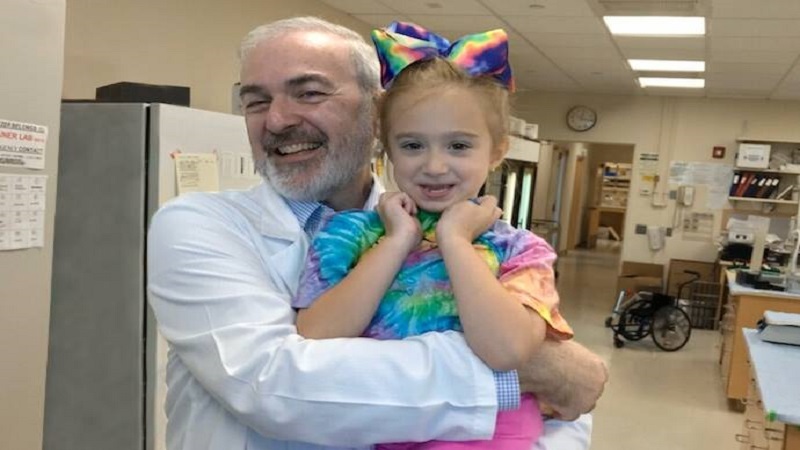
An experimental treatment for diffuse intrinsic pontine glioma (DIPG), a lethal type of pediatric brain cancer, has shown promise in experiments treating mice, according to a renowned professor.
Cold Spring Harbor Laboratory Professor Adrian Krainer came up with the treatment, according to Cision PR Newswire. Although there is still a long way to go before the therapy is approved for clinical trials, the treatment was found to have inhibited tumor growth, reversed certain cancer cell changes and improved survival rates in mice with DIPG.
"After treatment, the cancer looked very different. We could see a lot fewer proliferating cells, and the tumor cells were differentiating into healthy nerve cells," Krainer told Cision PR Newswire. "That tells us DIPG's malignant changes are reversible, to an extent."
DIPG is a devastating form of pediatric brain cancer that has a high mortality rate, typically death occurring within a year of diagnosis, Cision PR Newswire reported. Due to the tumors' location in the brain stem, surgery is rarely feasible, and conventional chemotherapy has significant side effects.
Krainer's research on antisense oligonucleotides -- molecules that can control protein levels in cells -- led to the first FDA-approved treatment for spinal muscular atrophy (SMA), a drug called Spinraza.
Krainer, grad student Qian Zhang and their colleagues have developed a potential therapeutic treatment for DIPG using ASO technology similar to Spinraza. The experimental therapy was found to inhibit tumor growth, reverse certain cancer cell changes and improve survival rates in mice with DIPG. This advancement builds upon Krainer's previous research in SMA and provides a potential new avenue for treating DIPG.
"While working on Spinraza, we learned how to deliver ASOs to the spinal cord and brain," Krainer said, according to Cision PR Newswire. "They have long-lasting effects there. So we knew there was potential for treating other diseases."
While ASO drug targets the mutated protein H3.3K27M in DIPG. In mouse models, the ASO drug showed promising results by normalizing gene expression, slowing tumor growth and increasing survival rates. However, further research is needed before the therapeutic approach can advance to clinical trials, Krainer said.